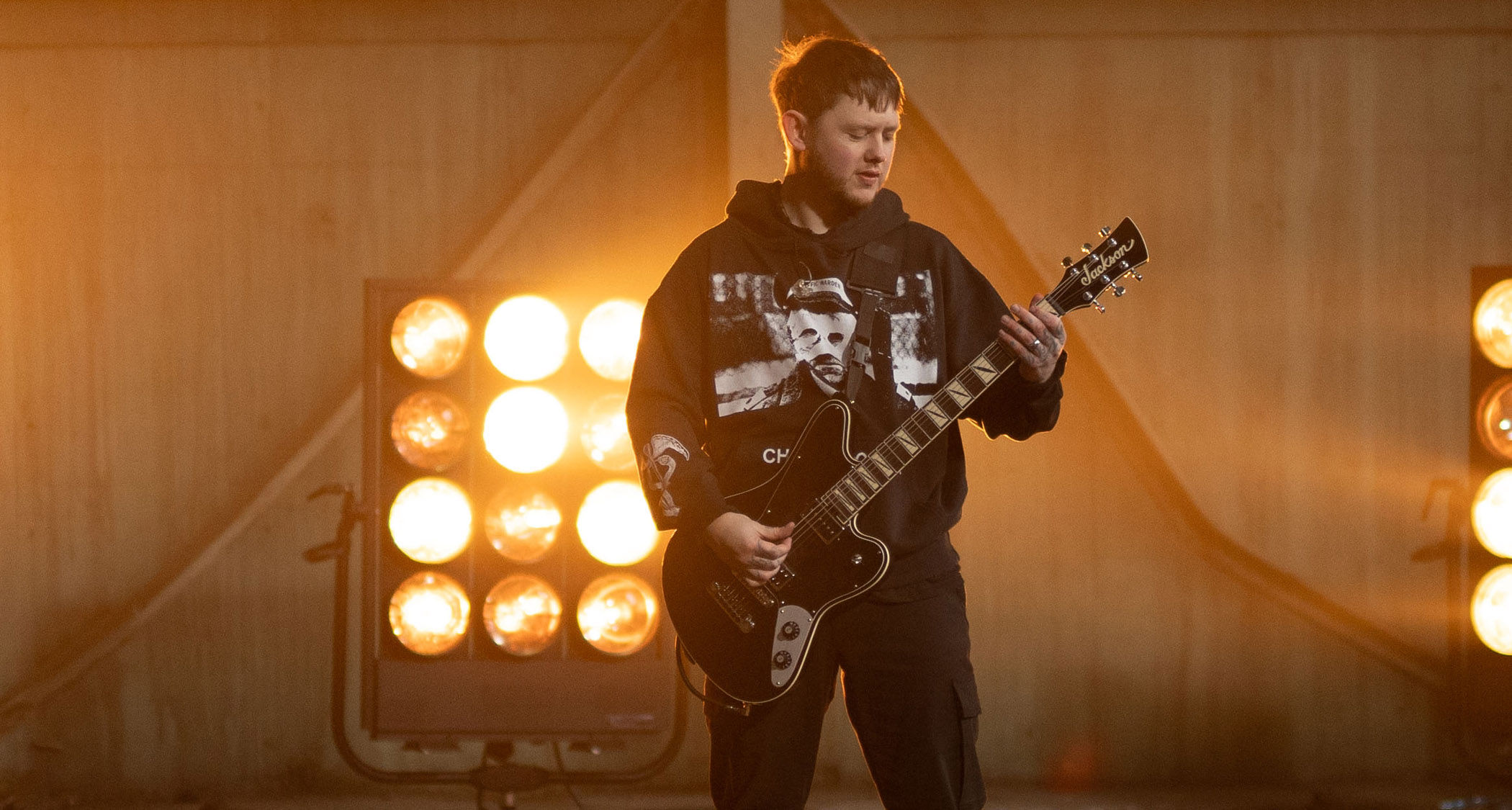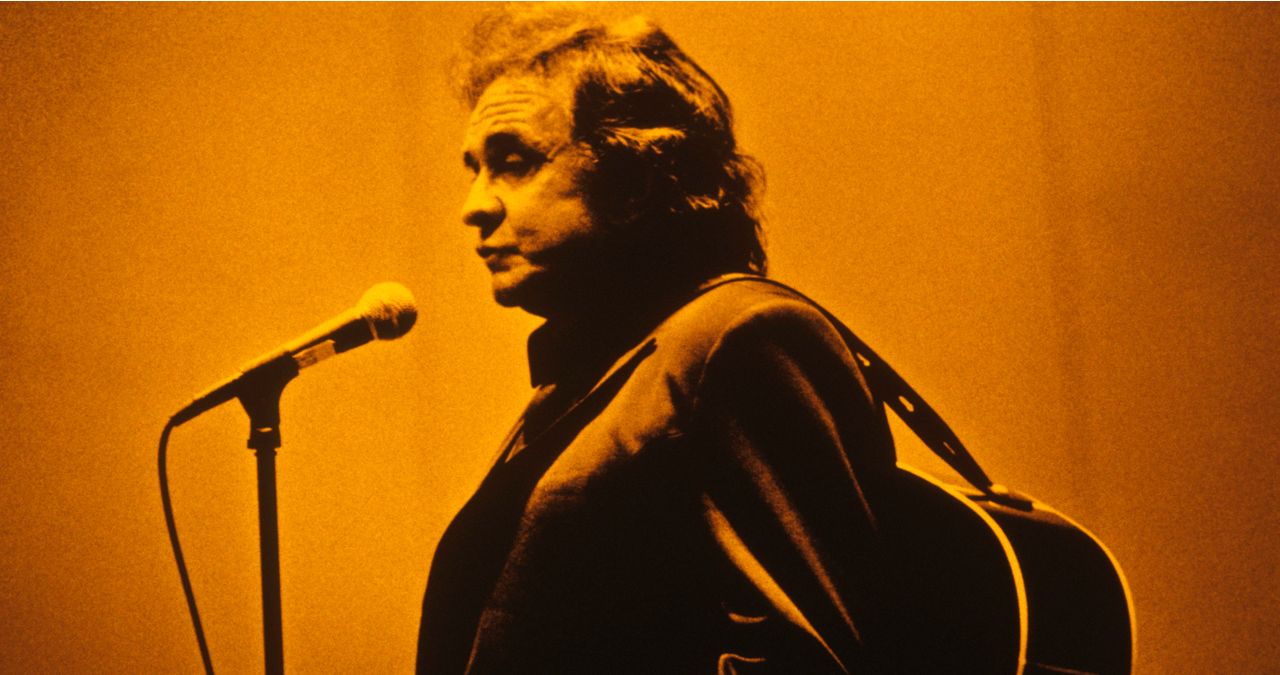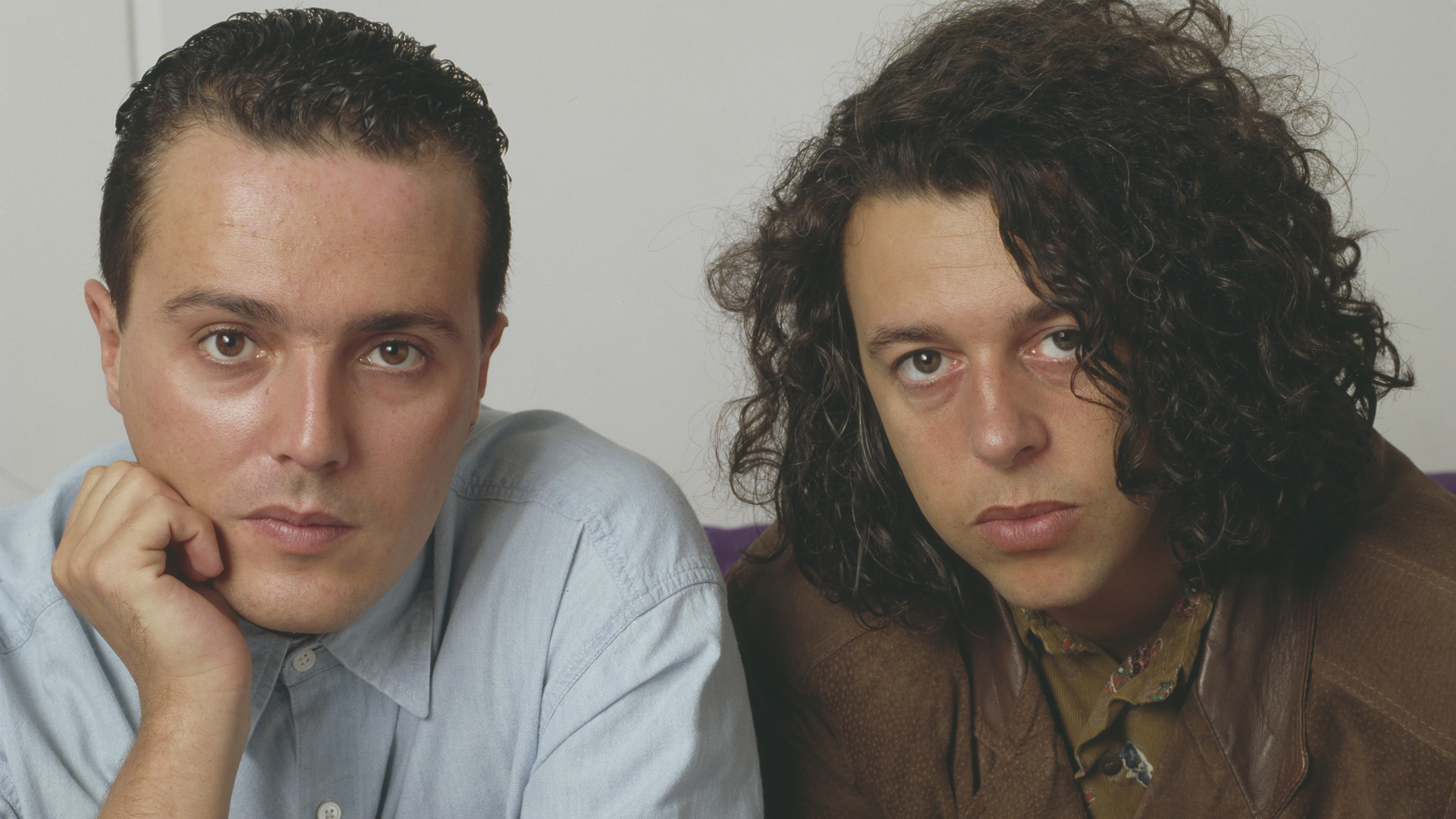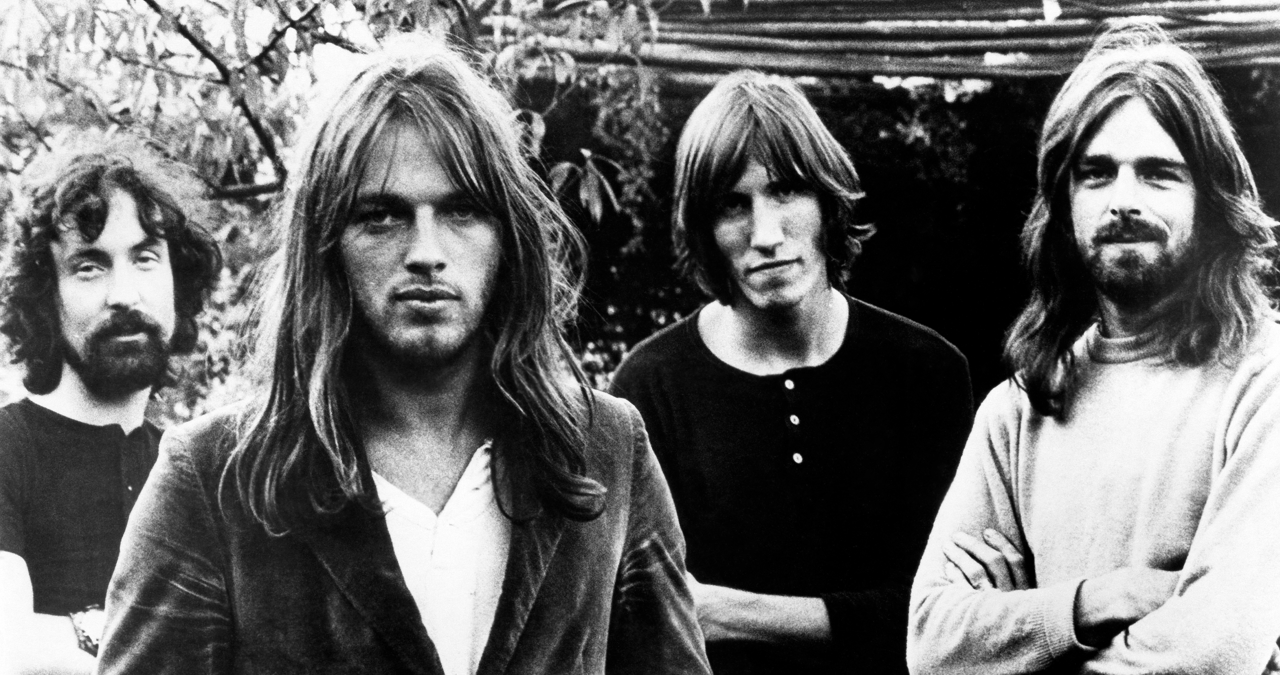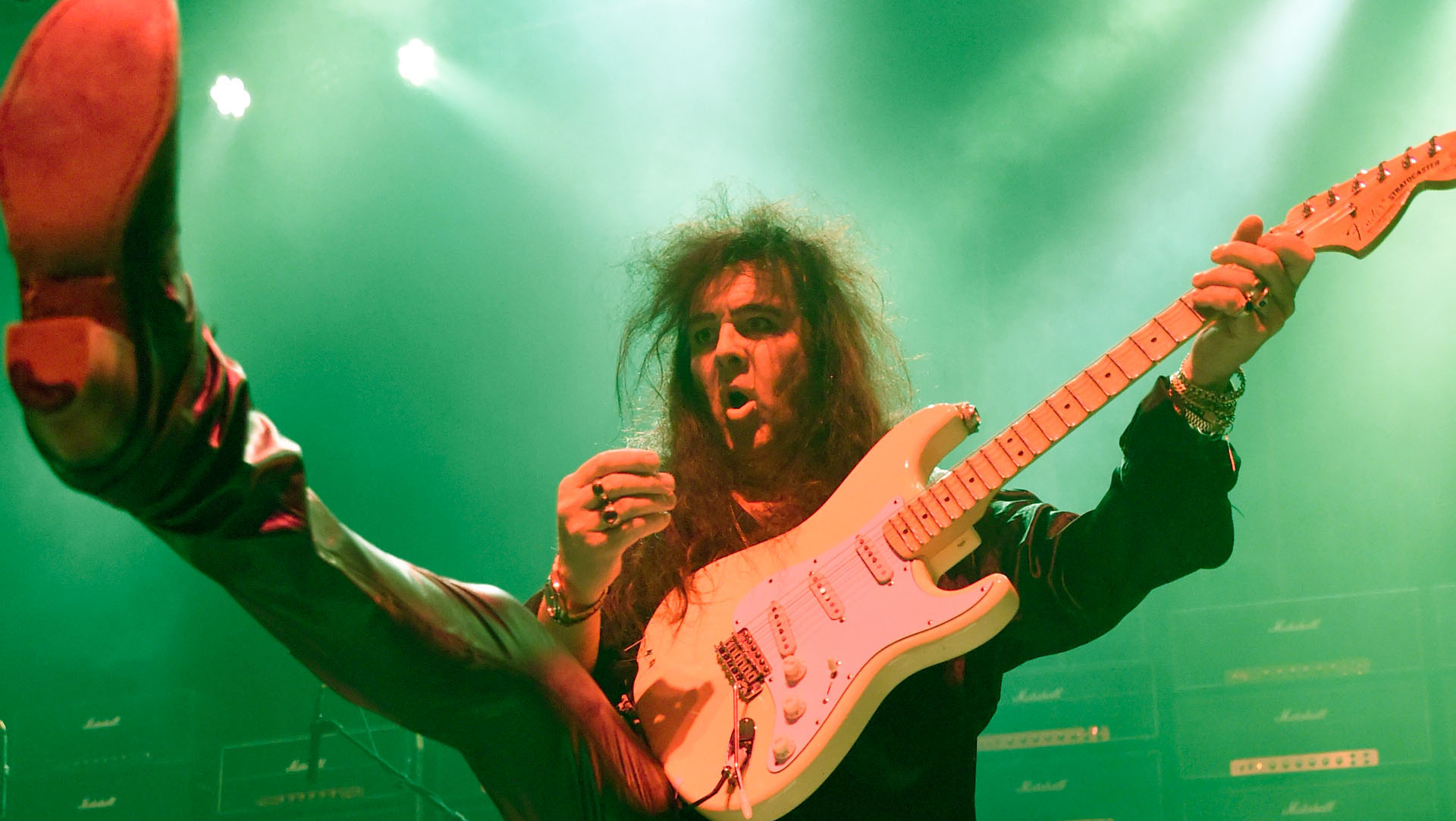“It was the B-side that became one of the most important pieces of music ever - certainly one of the most sampled”: How breakbeat took over the music world
These soulful loops, lifted from vinyl, ended up as the most sampled - and important - beats ever
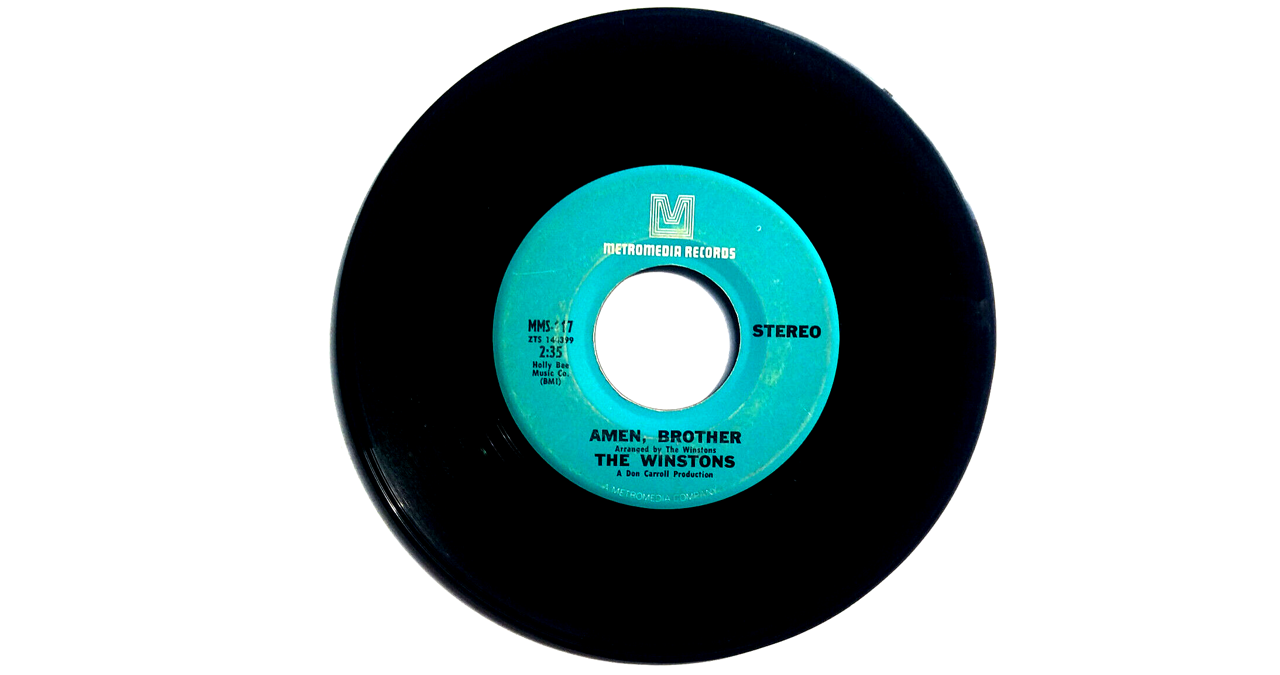
Breakbeat is yet another music genre that spread from America, took on a dose of European ingenuity, and then led a life of its own to become one of the biggest beats of the dance world. This is how the most soulful of grooves would spread its wings and invent multiple genres in the process, and also how you can produce the biggest of breaks with the simplest of tools.
As with so many music genres - and you really can count just about everything from blues to jazz, house to techno - breakbeat has its roots in America. As with so many music styles, it would take a smattering of European ingredients and a big dose of technology to launch it worldwide. But boy, when it arrived, did those beats get big.
The actual beats behind breakbeat can basically be traced back as far as drummers looped beats over bars, but the first breakbeats in the (relatively) modern era were used by jazz and swing bands in the 1920s.
The modern breakbeat, though, is really the isolated, soulful and shuffling groove made famous by the Amen break from the 1969 track Amen Brother by The Winstons, James Brown's Funky Drummer from 1970, or the Think break from the 1972 track Think (About it) by Lyn Collins. The breakbeat was the point in these early soul records when the drummer would head off on a solo without other instruments, the groove's isolation making it perfect to lift by early turntablists and later samplists - so important in the development of breakbeat culture, as we shall see.
The use of breakbeats really took off in the 1970s when hip hop producers mixed similar style breaks with turntables. The father of hip-hop, DJ Kool Herc, is credited as the first DJ to do this, lifting and lengthening breaks by mixing and repeating soulful grooves, essentially by having two copies of the same record and mixing between these 'clean breaks' on two turntables.
This beat juggling technique exploded in New York, Miami and other US cities among early hip hop DJs, with Grandmaster Flash and Afrika Bambaataa being two of the most notable figures, and new technology nudging the hip-hop and breakbeat culture into the mainstream so that beats became easier to lift and no soul record lay un-sampled.
This sampling technology - think Akai and E-mu samplers - became cheap enough for many producers to dabble with the breakbeat philosophy so these foundational loops ended up bing lifted and repurposed into other genres and creating new ones; everything from trip-hop to jungle became indebted to those early soul grooves.
Get the MusicRadar Newsletter
Want all the hottest music and gear news, reviews, deals, features and more, direct to your inbox? Sign up here.
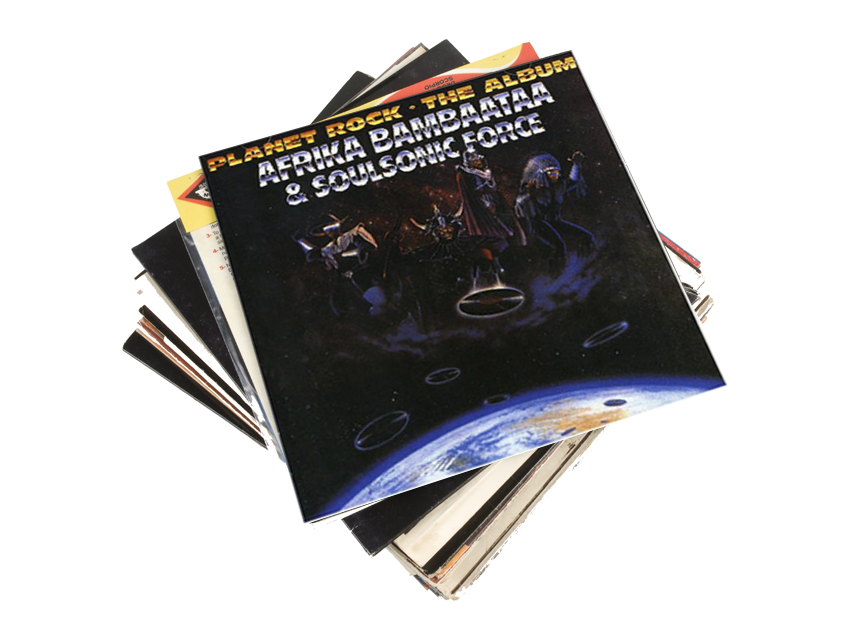
Early on it would be Afrika Bambaataa and Kraftwerk who would merge these genre worlds where the soul of the grooves met harsh, quantised electronic sounds, in many ways helping breakbeat to become immersed in, and create, several dance music genres.
In the UK especially, the dance versions of breakbeat were wide and varied, with those wishing to slow down to 80-90bpm exploring trippier and hoppier climbs, and anyone wanting to double up that bpm going to jungle and breakbeat hardcore extremes.
Perhaps the arguably more 'standard' breakbeat genre of the 90s and 2000s sits somewhere between these two, offering a groovier dance beat at house tempos, and was made popular by the likes of Adam Freeland, Stanton Warriors, and Plump DJs.
The Chemical Brothers (check out Exit Planet Dust particularly) and The Prodigy took things up a level, joined by Fatboy Slim to add even bigger beats into the equation.
Here, not only was the first beat of the bar often emphasised, crashing into a section after a breakdown or two, but breaks were often married to 4/4 and drum machine beats to mix genres up even further.
Breakbeats, then, were really just rhythmic elements used in many genres from early hip-hop to newer dance music forms. But inevitably they exploded beyond these into the mainstream, becoming the backbone of huge pop hits - think Beyonce's Crazy in Love and Madge's Justify My Love - as well as the foundations for newer genres.
Breakbeats still underpin genres of dance music, and modern breaks can be big on synth sounds or smoother than the more rugged sounds of the late 90s and early 2000s.
But the funky drummer break loops on. This most sampled style of beat, and most widely used shuffle, was the beat genie released from the bottle back in the '70s that will doubtless live on in countless current and future genres.
Breakbeat: Key Elements
What are the key elements of a classic 90's breakbeat tune?
1: Classic funky breaks
A classic sampled breakbeat will be funky in nature. You can still have the snare in the more 'standard' position of half way through each bar (steps 5 and 13 in our loop of 16 steps), but your kick defines a more shuffled approach as you usually avoid four-four beats and the kick coming in on every bar.
2: Kick variety
Instead, a more varied kick gives the groove its shuffle, with the first kick on the first step, a second kick introducing the snare just before (step 4), and a third hitting at three quarters of the way through the bar (step 7), giving your loop a more human feel. Moving into the second bar, a fourth kick sits a quarter of the way in at step 11. Further kicks at step 14 and 16 are optional but give good groove, especially if they are different samples or have lower velocities.
3: The importance of hats
Hats can give the break a more unified feel but also some extra groove. Here we have a closed hat on every other beat in the bar and an open hat introducing the second kick, sitting between step 3 and 4. That's how you can program a break, then, but if you really want the feel of a sampled break you'll obviously have to sample the real thing, or use one from many breaks collections, our own free breakbeat samples being here.
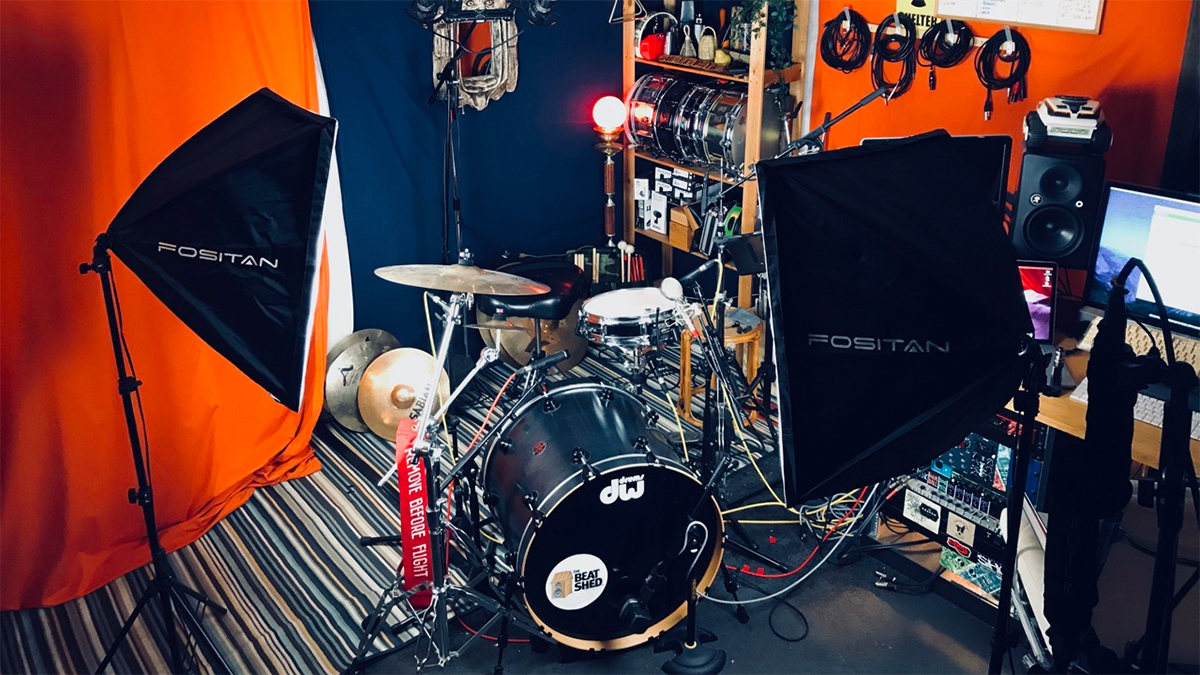
4. Your own beats or sampled?
So far we've shown how a typical break style beat can groove and how to program your own. If you don't want to use one of our breaks loops (above) and do want to program your own break, then 'good on you' we say! However, you'll want to give it the 'feel' of a sampled loop and there are many ways to do this including over compression or radical EQ-ing to lower the quality and pretend it's a 'bad' recording - try a bandpass EQ for example, and focus on the mids for a cutting breaks loop. Otherwise, the obvious effects to add include vinyl noise and analogue saturation, but remember to apply effects to the whole loop, not just individual beats.
5. Broken beats
The beauty of a sampled breakbeat is that you can – as we showed in our trip hop feature here - break the beats up into their constituent parts and reorder them, effectively creating your own breakbeat but with a similar sound to the original and much of its vibe. Go further with this and you're entering broken beat territory and Aphex Twin land, but on a simpler level, you can just pick out and layer a kick to make your beats even bigger, as we shall now see.
6. Bigger beats
The bigger beat style of the 1990s was all about adding clout to breakbeats with extra drums layered by way of drum machines or samples. You can easily take a kick out of the original loop as in point 5, for example, layer it and add a touch of reverb or extra level to increase the impact of the first kick of the loop - very much a big beat trait. And don't forget to add the odd crash cymbal just to really make your point.
Breakbeat: Example Tracks
Five key breakbeat tracks
1. The Winstons - Amen Brother (1969)
Isn't it amazing that the B-side to a single become one of the most important pieces of music of all time - certainly one of the most sampled. In case you're interested, do what everyone else has done and get your record button ready at 1 minute 26.5 seconds. Actually don't... it's been done. See also Lyn Collins and Think (About It) and James Brown's Funky Drummer
2. Afrika Bambaataa and The Soulsonic Force - Planet Rock (1982)
The track where the soul of hip-hop met the machines of electronic music, proving that humanity could benefit from machines and vice versa. The electronic breakbeat here is from the Kraftwerk track Numbers while the reedy synth lead is from the German act's Trans-Europe Express. With the Soulsonic Force rap and the legendary Arthur Baker at the controls, this track was truly a worlds colliding moment - a planet-rocking one, you might say.
3. Madonna - Justify My Love (1990)
Public Enemy are certainly important in the breakbeat and sampling story, and the popularity of the beat reached something of a peak with this Madonna track which uses a Public Enemy loop for its beats. Allegedly anyway.
Madonna is often cited as being a bit of a magpie when it comes to using the latest production techniques, but to be fair to her and producer Lenny Kravitz, they both got in pretty early on the breaks train, (perhaps) lifting this groove from the Public Enemy track Security of the First World originally released in 1988.
We say 'perhaps' as some people believe that Public Enemy sampled James Brown and while their groove is similar, their producer Hank Shocklee denies that (and we are leaning towards it being an entirely new loop). Basically we don't want to be sued so we're hedging our bets either way. Everyone calm down ok, it's just a piece of music!
4. The Prodigy - Diesel Power (1997)
You could pick from dozens of Prodigy, Chemical Brothers and other '90s dance icons to show how big the beats got 30 years ago. Essentially they married the break with the drum machine to emphasis certain beats - in this case the opening crash of the loop - and this one also throws a load of hip-hop vibes right back at you, '90s style. Add some dirty synths and a touch of Liam Howlett genius and you've got a classic. We demo how to do it with another Prodigy track here which we were so pleased with that we actually thought we were Liam by the end of it.
5. LoStep - Burma (Sasha remix, 2004)
And finally, one less well-known example, but a truly wonderful one. To be honest, by this stage we're not sure if this is progressive house, trance (as YouTube cleverly calls calls it), or breaks but it certainly fits the latter formula, and really demonstrates how breakbeats have invaded so many genres. Either way, this Sasha remix, that appears on his Involver album, is an all-time classic. Give all 12 minutes a spin and then send your 'thank you's in to us at the usual address. You're welcome.
Andy has been writing about music production and technology for 30 years having started out on Music Technology magazine back in 1992. He has edited the magazines Future Music, Keyboard Review, MusicTech and Computer Music, which he helped launch back in 1998. He owns way too many synthesizers.
“How daring to have a long intro before he’s even singing. It’s like psychedelic Mozart”: With The Rose Of Laura Nyro, Elton John and Brandi Carlile are paying tribute to both a 'forgotten' songwriter and the lost art of the long song intro
“The verse tricks you into thinking that it’s in a certain key and has this ‘simplistic’ musical language, but then it flips”: Charli XCX’s Brat collaborator Jon Shave on how they created Sympathy Is A Knife
![Afrika Bambaataa & The Soulsonic Force - Planet Rock (Official Music Video) [HD] - YouTube](https://img.youtube.com/vi/9J3lwZjHenA/maxresdefault.jpg)
![Madonna - Justify My Love (Official Video) [HD] - YouTube](https://img.youtube.com/vi/Np_Y740aReI/maxresdefault.jpg)



